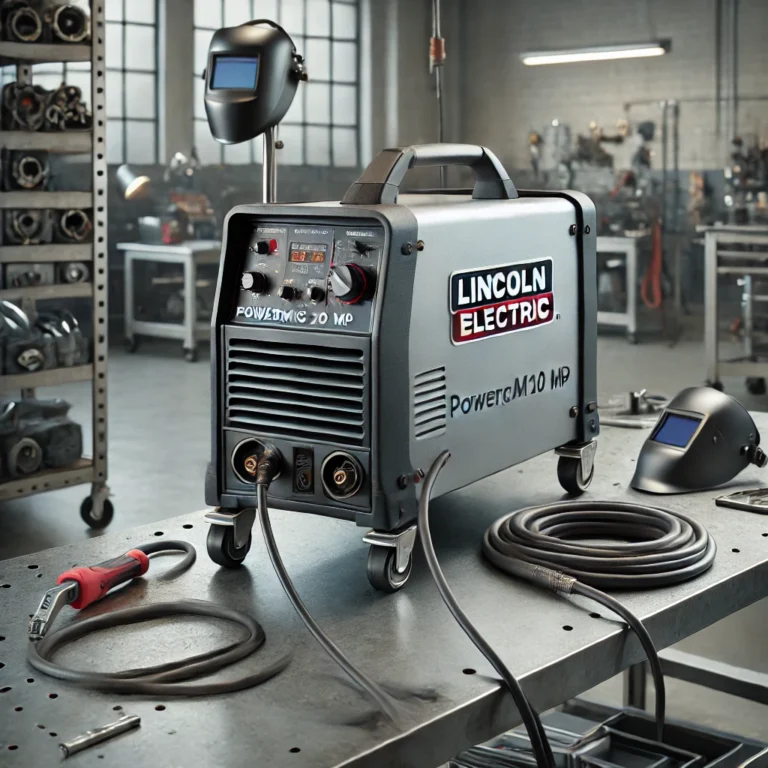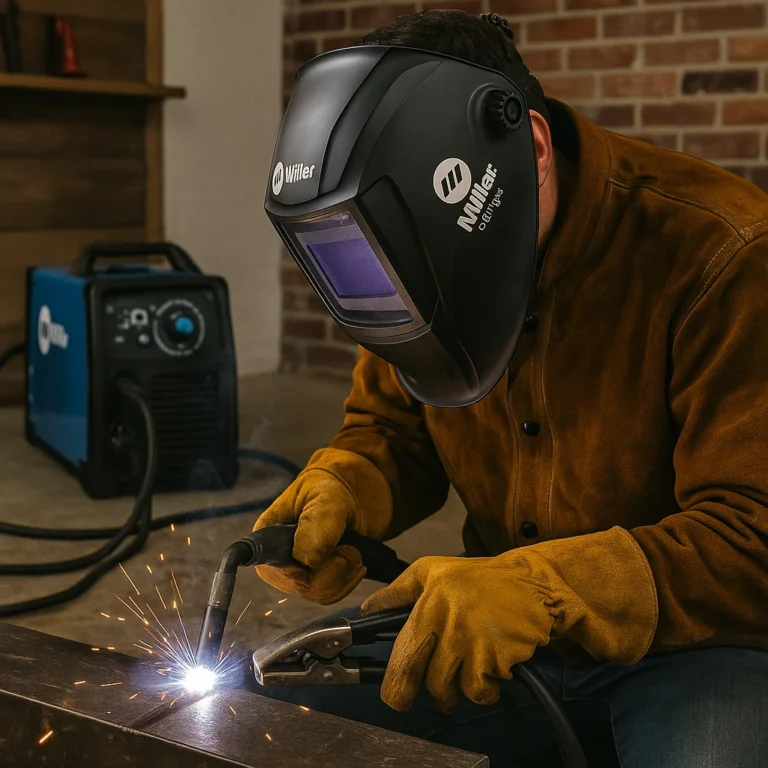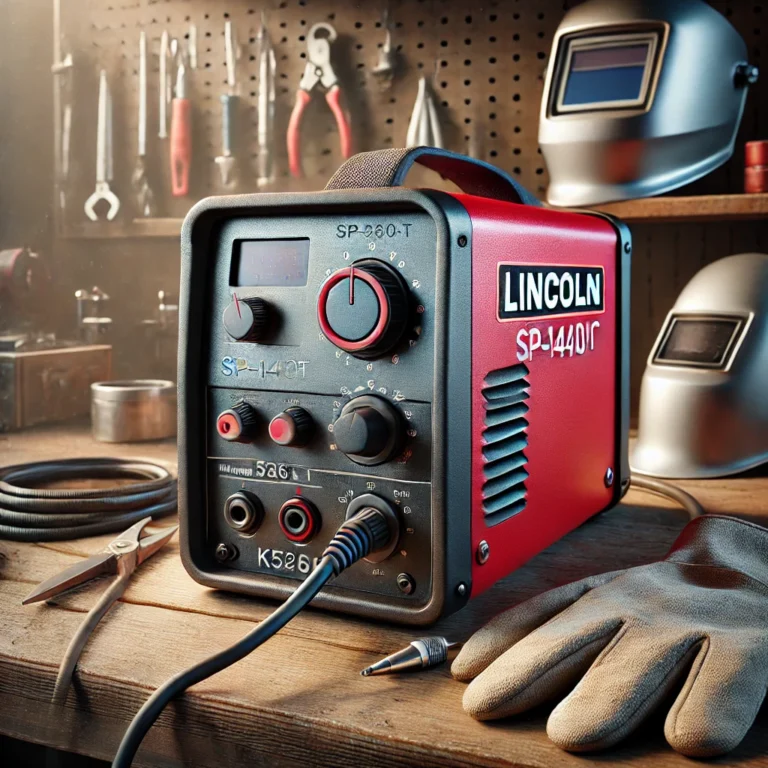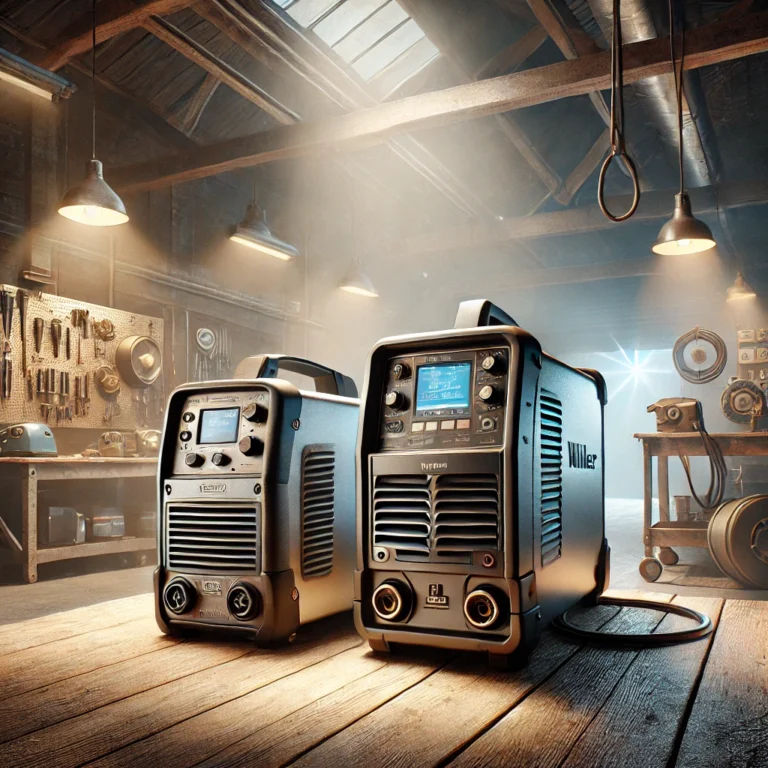Best Multi-Process Welder Review – Top Picks for Versatile Welding
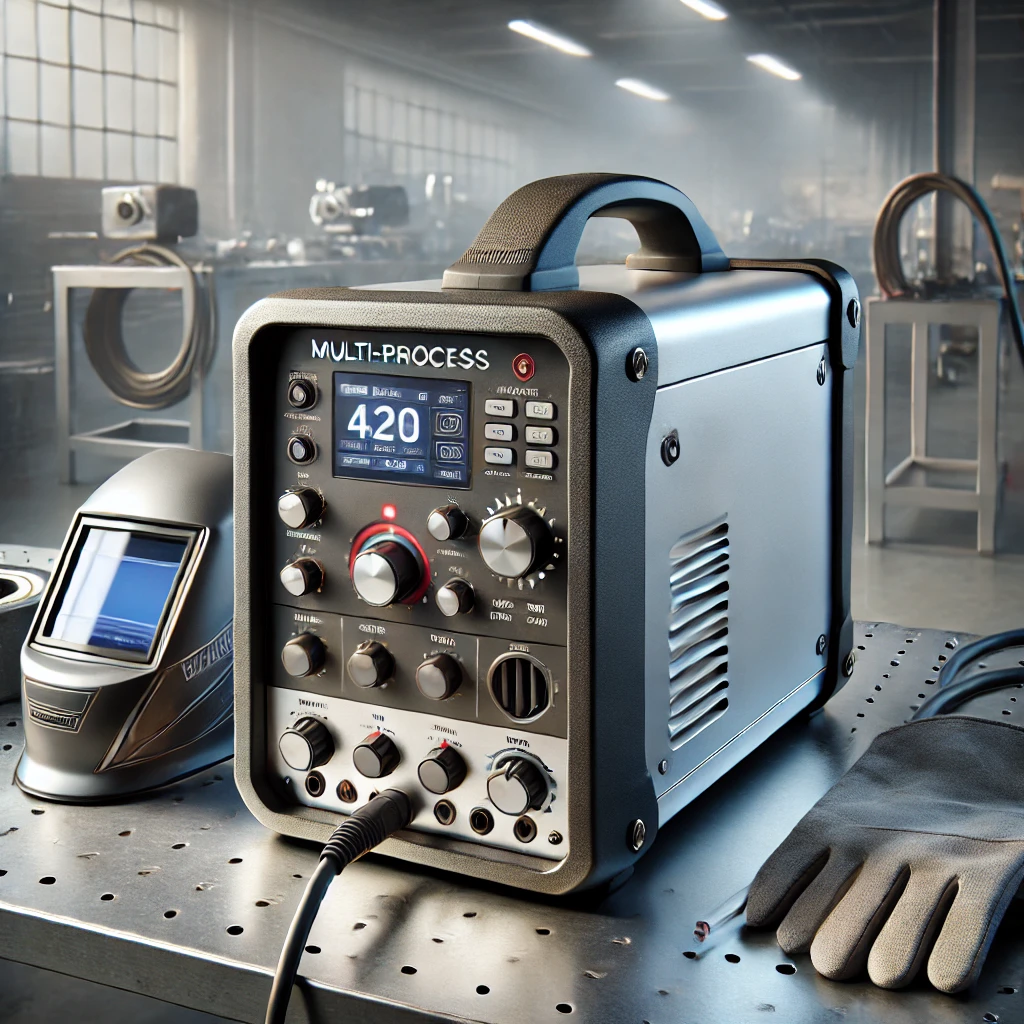
Disclosure: This post contains affiliate links. As an Amazon Associate, I earn from qualifying purchases—at no extra cost to you.
Finding the perfect welder can be challenging, especially when you need a machine that offers flexibility for various welding methods. Whether you’re a seasoned professional or a weekend DIY enthusiast, a multi-process welder can save time, money, and space. In this review, we’ll highlight some of the best multi-process welders available, giving you a clear idea of their strengths and ideal use cases.
What to Look for in a Multi-Process Welder
Before diving into product reviews, it’s essential to understand the key features that make a great multi-process welder:
- Versatility: Ensure the machine can handle MIG, TIG, and Stick welding efficiently.
- Power and Amperage Range: Check the power output to match your project needs.
- User Interface: A clear, digital display and intuitive controls are critical for ease of use.
- Build Quality: Durable construction ensures longevity in harsh work environments.
- Portability: Lightweight designs with handles or wheels improve mobility.
YESWELDER MIG-250 PRO Review
The YESWELDER MIG-250 PRO is a powerful, versatile welder designed to tackle a range of projects. With a 250Amp capacity and 220V power input, this machine excels in both performance and functionality. It supports MIG, Pulsed MIG, Flux Core, Spool Gun MIG, Lift TIG, and Stick welding — making it a true 6-in-1 powerhouse.
Key Features:
- Digital display for precise control
- High 250Amp output for heavy-duty projects
- Spool gun compatibility for aluminum welding
- Durable build for industrial applications
This model is ideal for professionals seeking a reliable, all-in-one welding solution.
Weldpro 200 Amp MIG210LCD Review
The Weldpro 200 Amp MIG210LCD is an excellent choice for welders seeking flexibility without sacrificing ease of use. Its dual voltage capability (110V/220V) makes it adaptable to various work environments. This 5-in-1 machine offers MIG, Flux Core, Lift TIG, and MMA welding with added features like a spot timer and auto-set functionality.
Key Features:
- LCD display for simplified operation
- Dual voltage for flexibility
- Spot timer for precision welds
- Ideal for both professional and home projects
Its smart design ensures smooth welding with minimal spatter, which is perfect for detailed fabrication work.
Lincoln Electric LE31MP Review
The Lincoln Electric LE31MP is a robust, transformer-based welder with a reputation for reliability. It handles MIG, Flux-Cored, Arc, and TIG welding processes with a 120V input, making it accessible for home garages and smaller workshops.
Key Features:
- Easy setup with clear instructions
- Reliable transformer technology for stable performance
- Great for beginners due to its intuitive controls
- Excellent for light-to-medium duty projects
The LE31MP is perfect for hobbyists, repair work, and small shop owners seeking a dependable and user-friendly multi-process welder.
Conclusion
Choosing the best multi-process welder depends on your specific welding needs. The YESWELDER MIG-250 PRO offers unmatched power and versatility, while the Weldpro 200 Amp MIG210LCD stands out for its user-friendly interface and flexible power options. For beginners or smaller projects, the Lincoln Electric LE31MP is a fantastic, reliable choice.

